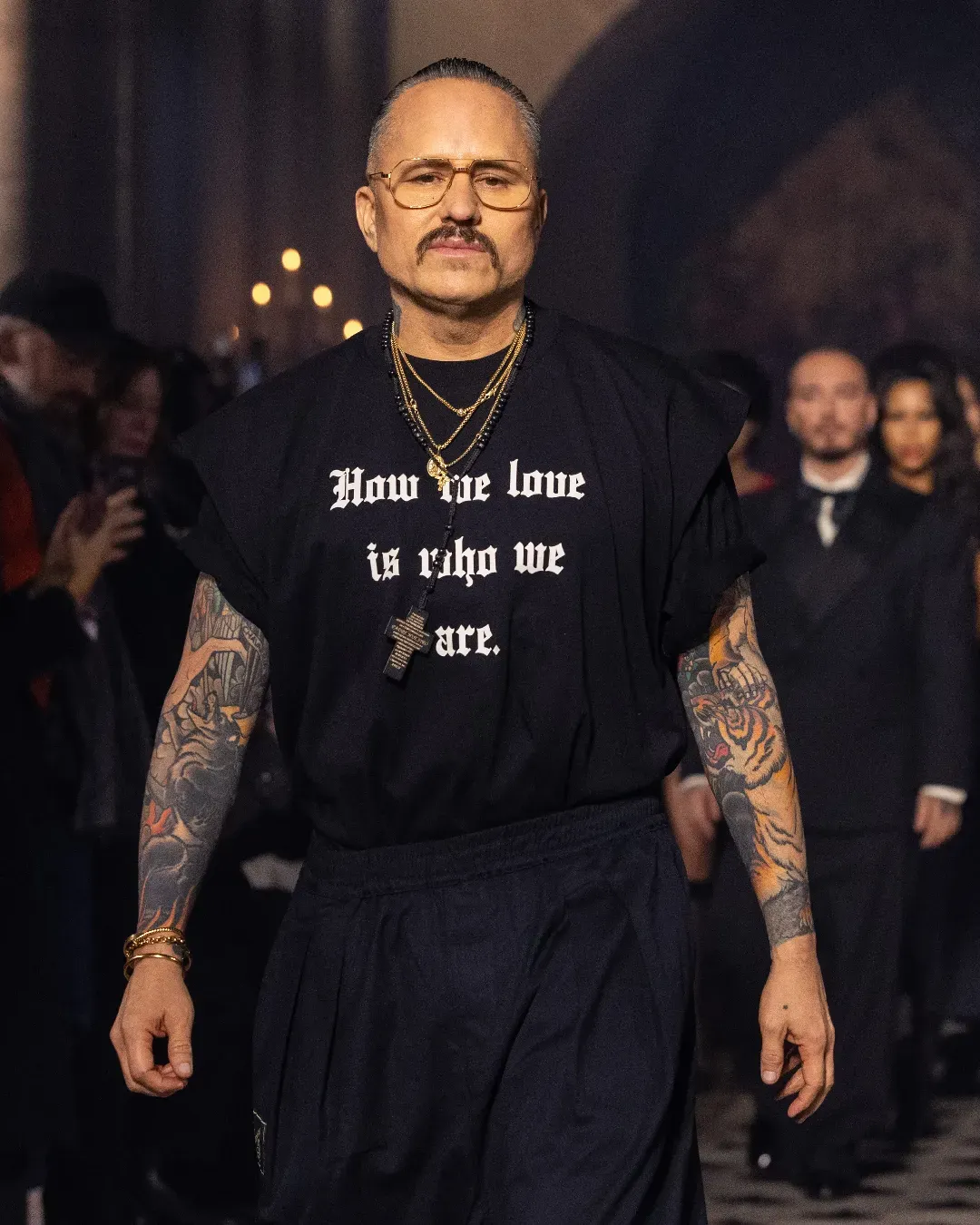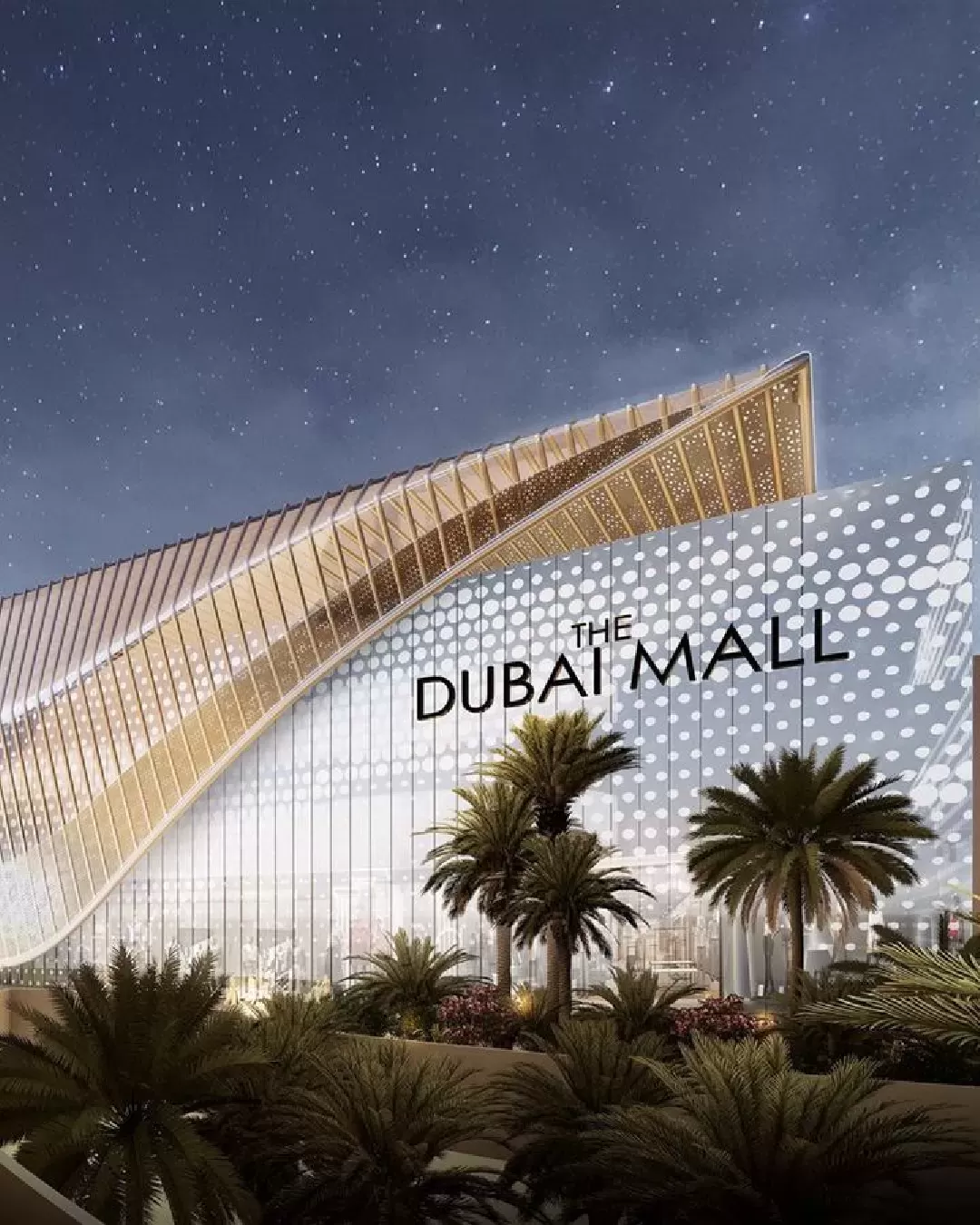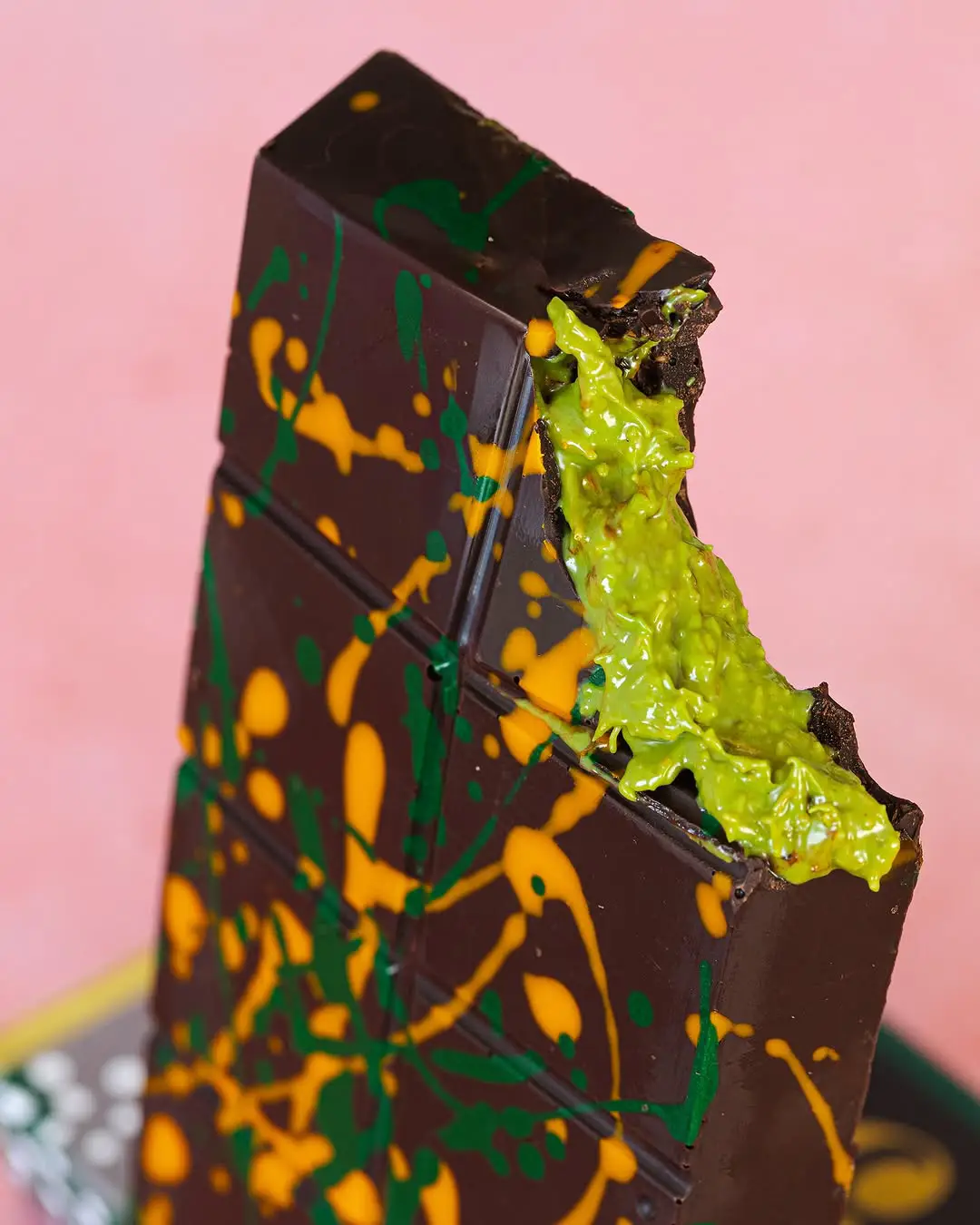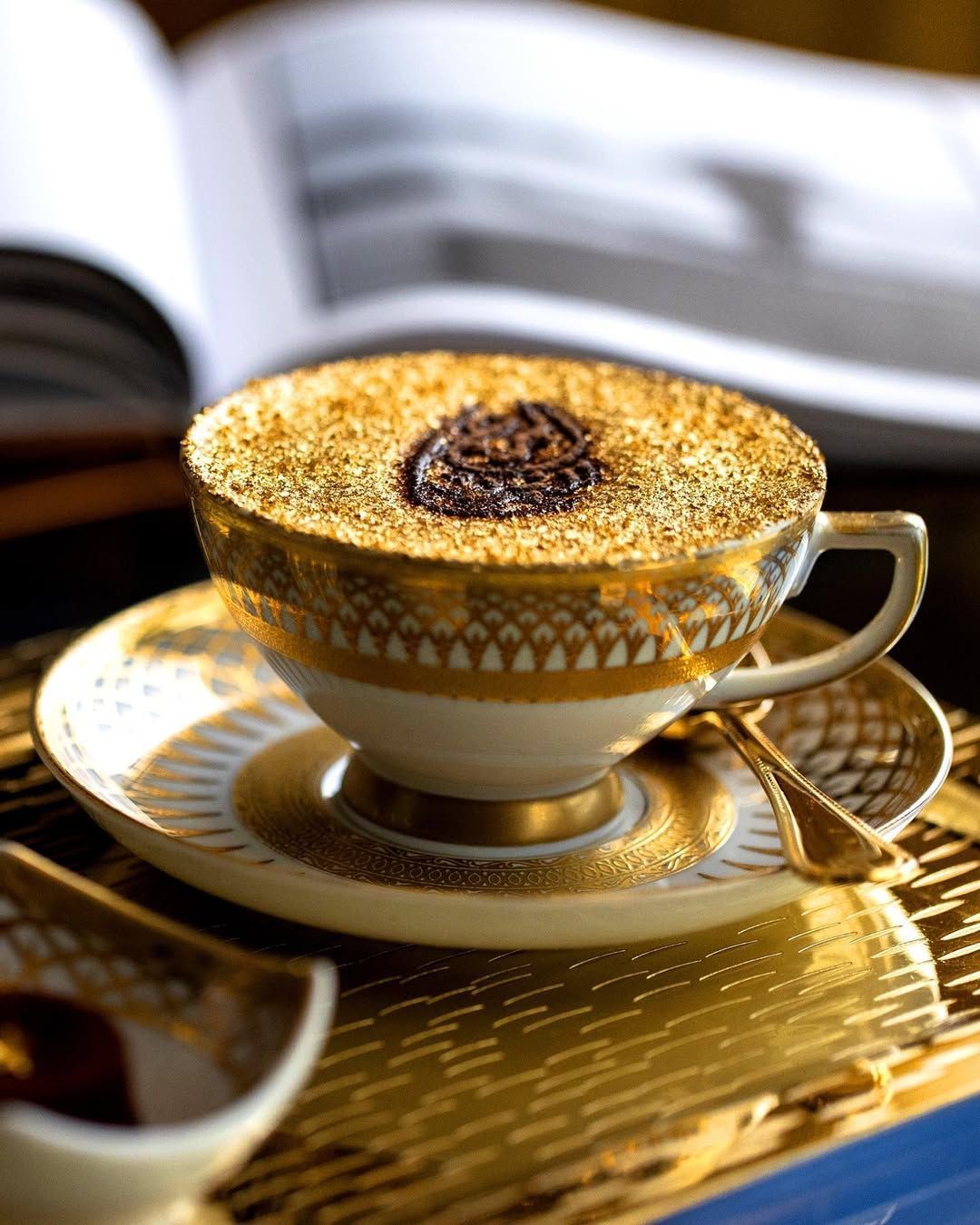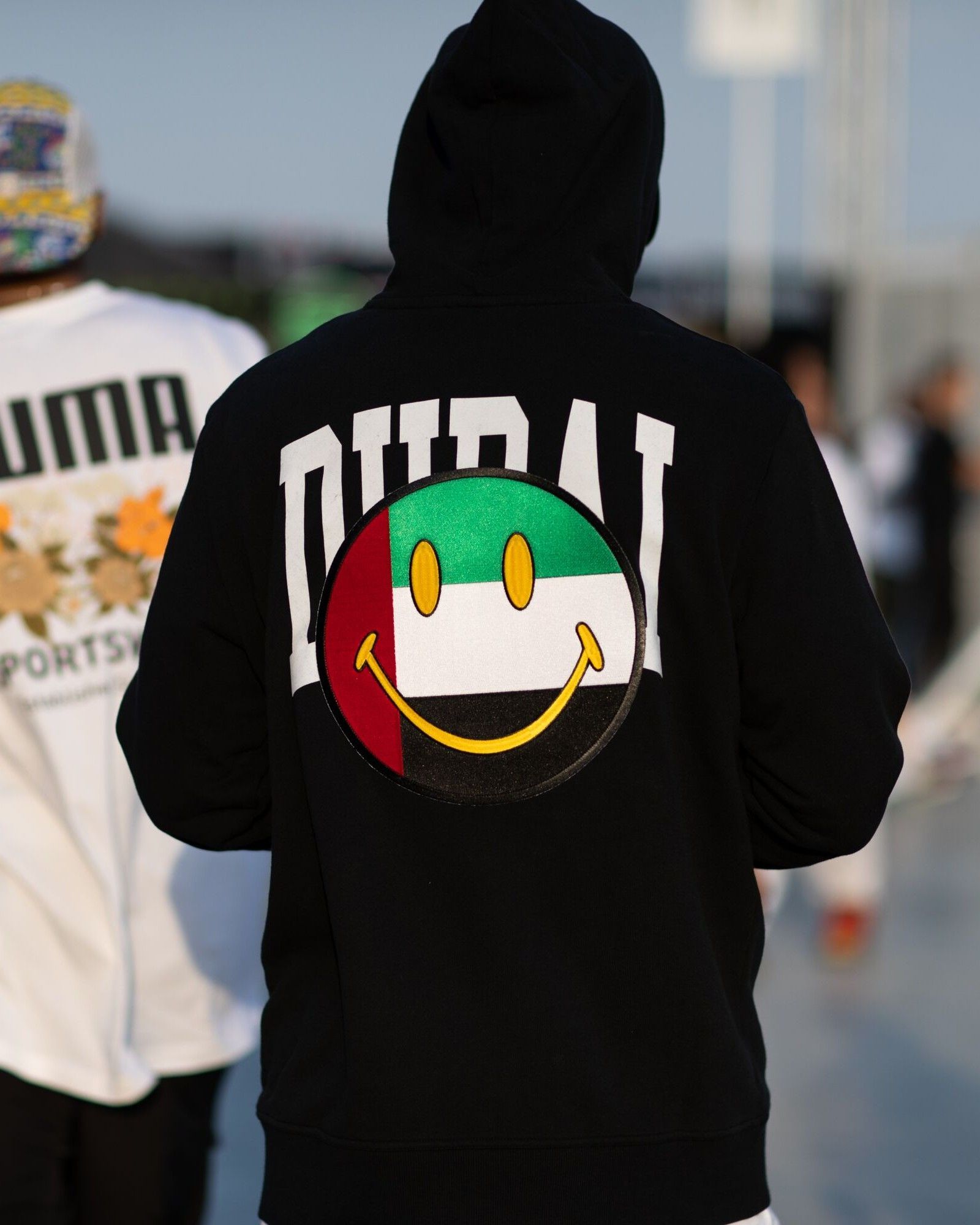
Is the Arabian Peninsula becoming the next hub of luxury fashion? We asked Rajat Malhotra of Sole DXB to give us an insight of the local fashion scene
In a recent interview with Rajat Malhotra, partner of Sole DXB, we delved into the evolution of fashion consumption in the Middle East over the past decade. Rajat, a seasoned professional with a deep understanding of the industry, shed light on the region's growing market, the changing perception of European fashion, and the rise of local fashion designers. Over the last 10 years, Rajat says, fashion consumption in the Middle East has witnessed a significant transformation. Rajat emphasized that «we have a large youth population that are starting to earn a disposable income, so we have a fast growing market». Additionally, «if you look at region’s like the Gulf Cooperation Council [that includes six countries of the Persian Gulf including Bahrain, Kuwait, Oman, Qatar, Saudi Arabia, and the United Arab Emirates, ed] there has been such a heavy investment in infrastructure and tourism that the global fashion industry simply can’t afford to ignore this market, as it did historically». The Middle East's fashion scene has undergone a notable shift, influenced by factors such as «frequent travel, access to social media and a multicultural environment». These elements have empowered consumers to «find their unique style and utilize fashion as a means of self-expression». Furthermore, «the improvement in last mile delivery and addressing systems, along with increased credit card penetration, has led to a remarkable surge in e-commerce consumption».
When comparing luxury consumption in Europe and the US to that in Arabian Peninsula countries, Rajat highlighted that «initially, there was a huge gap between the product that was being offered across markets. But instead of creating a differentiator, what this meant was that it drove more Arab-world based shoppers to travel to Europe and shop there, creating more similarities than differences in the products that were purchased». Over time, luxury players have recognized the importance of «segmentation» catering to the Middle Eastern market, creating specific collections that «generate more revenue from this market, while not cannibalizing the revenue that travel from the Arab world generates for their international points of sale». This segmentation in the luxury brands’ offer for the fast-growing market means also an adjustment to the perception of European fashion among local customers. Talking about that Rajat noted that it «has probably shifted at the same pace as other markets, since we are consuming information from a lot of the same digital channels as audiences in Europe and the U.S.» The interaction between global fashion trends and local culture varies across the Arab world. Each region, such as the GCC, Levant, or North Africa, showcases distinct styles influenced by cultural nuances. «A mediterranean city, like Beirut, may automatically dress differently than Abu Dhabi», Rajat explains. «In places like Dubai, we have a very international population. So styles have blended together over a period of time, to become our own. We’re not a monolith».
Additionally the newfound attention that fashion has been getting in the region put local, indipendent designers on the map too: «The scene has balooned in the last ten years», Rajat explains and there has been «a boom in the independent fashion industry across the Global South and young shoppers take pride in engaging with those brands, often with founders whose stories mirror ours». The market, though, still has to grow even though in the years after the lockdown there has been plenty of high-profile events, fashion shows and openings of mumeums and luxury malls. The road to mainstream acceptance is still long though: «I wouldn’t say regional consumers purchase more regional brands», Rajat noted, «but that’s also because the local industry is not at the scale of European fashion yet. But there’s a lot of love for the labels from this region and they’ve rightfully built their own communities that show up and support them». The existence of what Rajet calls «one of the youngest populations in the world» creates an ideal terrain for experimentation and for the birth of locally-based communities that can foster the growth of younger and more avant-garde realities even tough «the infrastructure and size of the markets doesn’t necessarily support the ability for more avant-garde brands to scale, open doors or get wider distribution. But their time will come….and it’s probably not that far away».
Again on the subject of indipedent designers we might expect to see some local talent working with the big European houses too: «We see the first set of independent labels being recognized globally from the Arab world and from its diaspora. The Arab world is hot right now and as Western labels search the region’s landscape and heritage for new ideas, designers from this part of the world will inevitably move up the pecking order and we’re guessing we aren’t far away from seeing the appointment of Arabs designers to major creative positions worldwide, along with more high profile collaborations». For now, in absence of huge appointments or collaborations, European brands have adopted various strategies to engage Middle Eastern consumers: «Influencer campaigns are probably the most visible and common approach brands take», Rajat noted. «As that approach has become more saturated, it’s probably become less effective over a period of time. A lot of labels have been good at localising though. Plenty of them now have Ramadan campaigns and sometimes collections. They are making an effort at a local level to speak directly to local consumers». Another key factor in play in the region is that of the generational gap in luxury consumption and perception: «An evolution of cultural values and their interpretations also means that younger shoppers consume differently than their parents did. Younger shoppers will continue to shop for items that allow them to express themselves as opposed to purely function or necessities».
Looking at areas for improvement in the Middle Eastern luxury industry, on the other hand, Rajat highlighted the need for «a larger investment in localized campaign and content creation for larger labels, and not just third party editorials. That investment will incentivize the creation of a wider pool of creative talent for fashion and show a real commitment» to the market. Furthermore, diversifying the influencer pool to include «a wider set of stories and people» could be a positive step, considering the region's rich diversity. When envisioning the future of the Middle Eastern fashion industry, Rajat said that there is «an investment in business and industrial infrastructure taking place in this region, meaning that you’ll see an improvement in the quality of output and as a result, wider distribution worldwide of Arab labels».










































